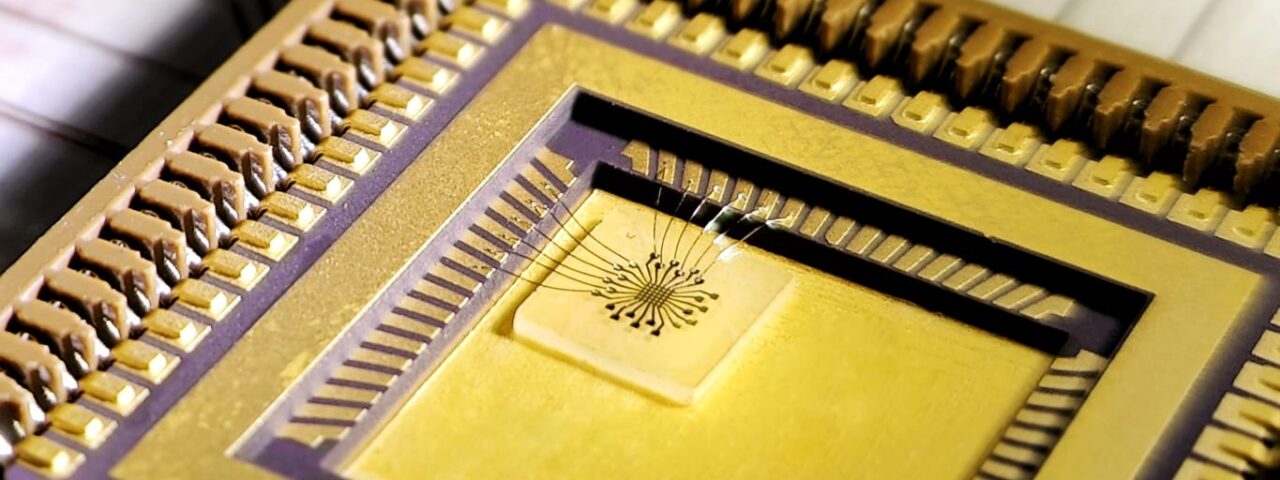Memristors: Computing and Memory in One

Memristors are the fourth fundamental circuit element, alongside resistors, capacitors, and inductors.
They can change resistance based on the history of current that flows through them — enabling them to act as both memory and a computational unit.
Why this matters:
- Enables in-memory computing
- Reduces energy consumption and latency compared to traditional architectures
- Makes possible brain-like, adaptive systems, i.e. neuromorphic systems
- Removes the need for cloud computing in many cases
For neuromorphic computing, it is not enough to have single memristive devices — what is required is a network of artificial synapses that connect neurons together, similar to biological brains. Such synaptic networks allow the emergence of learning, adaptation, and pattern recognition. Memristors can directly act as synapses in the network. Our research focuses on developing materials and device architectures that make this possible.
Our speciality: GCMO

Gd1-xCaxMnO3 is a perovskite oxide material which combined with Al in a memristor has:
- Large resistive switching ratio (> two orders of magnitude)
- High resistance also in low resistance state → low leakage current
- Analog control and stable resistance states
- Area dependent switching behavior
- Exceptional long-term resistance state stability
- Forming-free operation (no need for initial breakdown step)
- Low operation voltages
By modifying growth conditions, we can fabricate both memristors and neurons from the same GCMO material, enabling integrated neuromorphic architectures.
In addition to its functional advantages, we can use an environmentally friendly chemical solution deposition method for thin film growth, ensuring both scalability and sustainability of our approach. This makes GCMO-based memristors promising candidates for large-scale synaptic networks that integrate neurons and synapses in the same material system.

